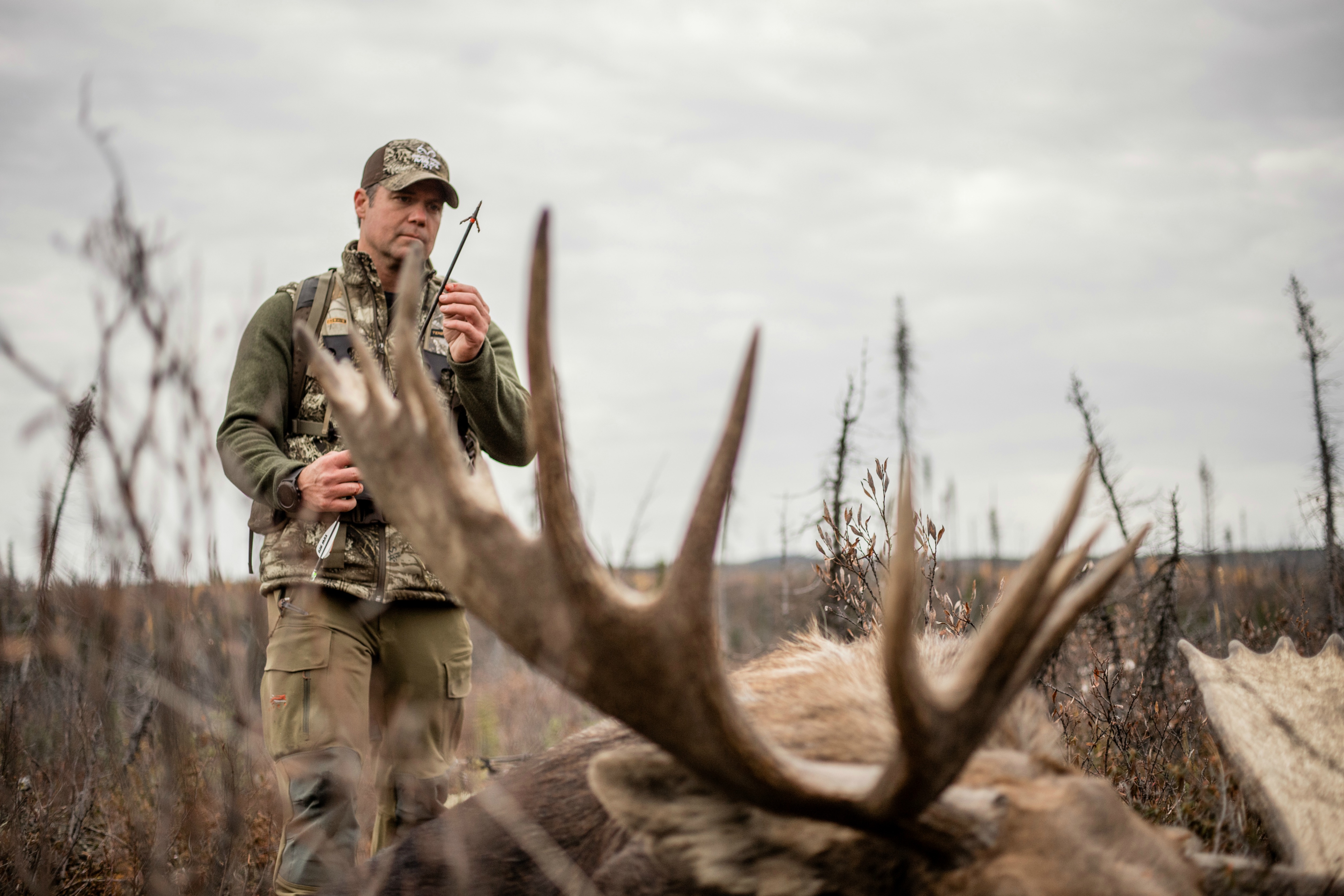Sitting high, perched in a tree, has its moments. Particularly when the wind is whipping and the tree you’re in has some sway. That can add oomph to the act of sitting, which isn’t always appealing, especially for bowhunters who already pass the day sitting behind a desk.
So what if you want to put two feet on the ground, bypass the treestand this fall and mix it up a little? What if, for you, a bucket-list buck emphasizes how a deer was taken rather than the size of the deer? We’ve put together three alternative options to bowhunting from a treestand and included quick tips to make the transition more successful.
Option 1: Spot and Stalk
Outdoor Life gives us this concise quote from Chris Denham, editor of Western Hunter Magazine, on what it takes to successively slip up on an animal:
“Spot-and-stalk hunting isn’t rocket science—it’s really common sense,” says Denham. “You must stay out of the animal’s sight, stay out of its nose, and stay out of its ears. If you can do those things, you can slip in on them. Doing all three requires a healthy dose of patience. Some hunters try to rush, and when they do, they get busted.”
Know the animal. Don’t just passively understand how an animal uses sight, scent and sound to avoid predators. Study it and know it and then apply the right approach to leverage where an animal’s senses are the least acute.
While going through mental progressions is critical to tactical success, your ability to physically perform will allow proper execution. A hunter on the move wants to cover ground quickly but remain agile enough to move quietly. Most importantly, when you do meet your target in the woods, don’t allow lack of stamina to compromise the focus required to make a smart, clean shot.
Here’s a telling account between outdoor writer Steven Rinella and Navy SEAL Rorke Denver on how peer pressure among hunters serves as a solid motivator to get fit. You don’t want your buddy standing atop an incline, looking down at you and yelling, “Come on, man!”
Option 2: Ground Blind
Blinds work well if there’s a great hunting spot with high deer traffic but little to no reliable trees for your tree stand. With a good ground blind in your hunting toolbox, a hunter can be as flexible as the environment warrants. Keep in mind, hunting from a ground blind requires shooting from a seated position. You won’t have the same maneuverability you enjoy in a tree stand, so do situational shooting beforehand and don’t dismiss the subtle differences that could hinder your effort.
Once in the ground blind, put some legit focus on situating your body and limbs – not the bow limbs, but your limbs. Your draw length extends beyond the enclosed space, and if not settled appropriately, you can put yourself into a really tight spot. The end result is too much shuffling and re-situating before, ultimately, missing the shot.
Also, there’s plenty of online content covering how to arrow a buck from a ground blind, including some debate on whether or not the mesh windows affect arrow flight and accuracy. Arrows are long projectiles, making them sensitive to even mild interference. Even with Wasp fixed-blade broadheads, consider removing the mess window so the arrow is given a clean pathway.
Option 3: No Blind, No Nothing
This option is great for the minimalist archery hunter who chooses to forgo both the tree stand and hunting blind. It’s also good for those hunters who’d like to cover ground and stalk whitetails but are limited to less acreage, so hunkering down and waiting is bound to happen.
Set up in natural ground cover — thick brush, downfalls, trees or tall grass. If the wind isn’t right, the solution is simple: stand up and move. You’re on a minimalist hunt and one of the greatest advantages to that is mobility and amenability. And speaking of wind, while you may be able to overcome a marginal wind from a tree stand, you won’t get away with scent miscues from the ground.
For clothing, consider a 3-D leafy suit and head cover. Or, why not go somewhat unconventional and gear up in a ghillie suit? Plus, you can extend the minimalist theme by making your own. Outdoor Life offers four, quick instructions to create a DIY suit.


